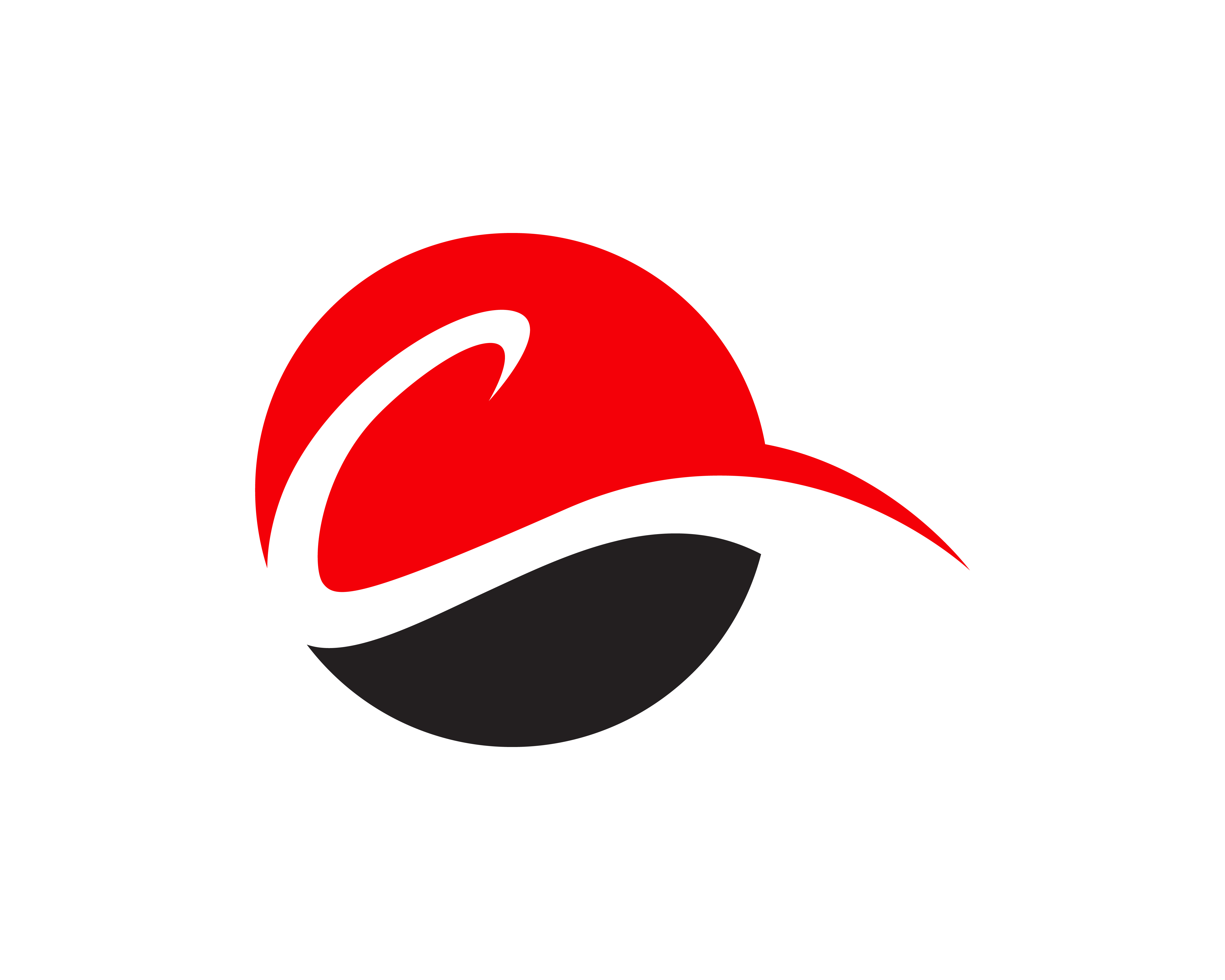architecture How is design using C different from C++?
Table Of Content

The C Preprocessor is a separate component, a text processor that parses a file looking for text that looks to be a Preprocessor directive generating text which may or may not be C source code. This means that the kind of checking the C++ compiler does with templates is not available with the C Preprocessor and it also means that information available for writing templates is not available to define and Preprocessor macros. A knowledgeable and skilled and experienced C programmer is quicker at this transformation and more inclined to use accepted practices and expressions.
Types of Design Patterns in C++
Krystal opening new c-store design with Circle K in North Carolina - Yahoo Finance
Krystal opening new c-store design with Circle K in North Carolina.
Posted: Wed, 13 Mar 2024 07:00:00 GMT [source]
The Observer Pattern is a behavioral design pattern that allows an object, called the subject, to maintain a list of its dependents, called observers. This pattern is particularly beneficial in scenarios where a change to one object requires changing others. It ensures a class has only one instance and provides a global point to access it. C offers one paradigm, procedural, for writing code where as C++ is multi-paradigm allowing a larger implementation vocabulary for implementing a design. You can use a procedural paradigm or a generative paradigm with templates or object oriented paradigm with classes or a functional paradigm with support from the Standard Template Library.
Create and manage your product collectionhas never been easier
The printed documentation, typeset from the online sources, wascontained in two volumes. Design patterns in C++ help developers create maintainable, flexible, and understandable code. They encapsulate the expertise and experience of seasoned software architects and developers, making it easier for newer programmers to follow established best practices. The factory pattern in C often involves using typedefs, structs, and function pointers to mimic object-oriented behavior.
Design 12 Unmissable Shows For Art Week
There is a good, free, online book, titled Object-Oriented Programming With ANSI-C, which covers the topic of writing object-oriented code in C. A google search for "object-oriented C" also yields a number of other good examples and resources. Helena Madden is ELLE DECOR’s market editor, and covers all things product and trend, from flatware and furnishings to kitchen and bath. She previously worked as a staff writer at Robb Report, where she covered luxury news with a focus on interior design.
Commentary: The Broad expansion makes the museum more flexible, but at what cost?
Documenting how and why a pattern is used in a particular section of code aids in maintenance. Developers who come after you will appreciate the context and reasoning, making it easier to update or expand the system. To understand better, let's implement a factory for creating different types of products.
1 Command Method Design Patterns in C++
It is a description or model for problem-solving that may be applied in a variety of contexts. Design patterns are essential tools in a developer's toolkit, but like all tools, their effectiveness depends on how they're used. Here are some practical suggestions to ensure you get the most out of design patterns in C. The inclusion of these components did not make the system large – theoriginal V7 UNIX distribution, consisting of copies of all of thecompiled binaries plus all of the source code and documentationoccupied less than 10 MB and arrived on a single nine-track magnetictape.

Replace Excel type documents with clear and accurate measurement charts.
Many of these had already been implemented as extensions in several C compilers. Thompson wanted a programming language for developing utilities for the new platform. At first, he tried to write a Fortran compiler, but soon gave up the idea.
However, some of C's shortcomings have prompted the development of other C-based languages specifically designed for use as intermediate languages, such as C--. Also, contemporary major compilers GCC and LLVM both feature an intermediate representation that is not C, and those compilers support front ends for many languages including C. Unless otherwise specified, static objects contain zero or null pointer values upon program startup. If the program attempts to access an uninitialized value, the results are undefined.
Inlining Functions
C has also been widely used to implement end-user applications.[53] However, such applications can also be written in newer, higher-level languages. A number of tools have been developed to help C programmers find and fix statements with undefined behavior or possibly erroneous expressions, with greater rigor than that provided by the compiler. In 1978, Brian Kernighan and Dennis Ritchie published the first edition of The C Programming Language.[17] Known as K&R from the initials of its authors, the book served for many years as an informal specification of the language. The version of C that it describes is commonly referred to as "K&R C". As this was released in 1978, it is now also referred to as C78.[18] The second edition of the book[19] covers the later ANSI C standard, described below.
Therefore, although function calls in C use pass-by-value semantics, arrays are in effect passed by reference. The first line of the program contains a preprocessing directive, indicated by #include. This causes the compiler to replace that line with the entire text of the stdio.h standard header, which contains declarations for standard input and output functions such as printf and scanf. While C does not include certain features found in other languages (such as object orientation and garbage collection), these can be implemented or emulated, often through the use of external libraries (e.g., the GLib Object System or the Boehm garbage collector). To access and use all Apple Card features and products available only to Apple Card users, you must add Apple Card to Wallet on an iPhone or iPad that supports and has the latest version of iOS or iPadOS.
Optimizing your C programs demands a balance between manual code optimization and leveraging compiler features. Regular profiling and testing ensure that optimizations bring genuine performance enhancements without sacrificing reliability or clarity. These functions provide a way to jump back to a certain point in the program if an error is encountered.
Encapsulation is easier and more complete with C++ classes and namespaces which leads to source code with better cohesion and less chance for defects. Using exceptions can make error recovery easier and the use of object destructors allows for a more elegant and simpler cleanup in the face of errors. And you aren't required to use exceptions in those places where they don't make sense. The Strategy pattern allows selecting an algorithm's implementation at runtime.
There are also compilers, libraries, and operating system level mechanisms for performing actions that are not a standard part of C, such as bounds checking for arrays, detection of buffer overflow, serialization, dynamic memory tracking, and automatic garbage collection. Heap memory allocation has to be synchronized with its actual usage in any program to be reused as much as possible. For example, if the only pointer to a heap memory allocation goes out of scope or has its value overwritten before it is deallocated explicitly, then that memory cannot be recovered for later reuse and is essentially lost to the program, a phenomenon known as a memory leak.
Polymorphism via callbacks, e.g. the standard library's qsort function. All it needs is a way to compare two elements, and it can sort an array of them. To implement the Observer Pattern in C, structures and function pointers can be used to emulate the interaction between subjects and observers. The core idea behind the Factory Pattern is to delegate the responsibility of object instantiation to individual factories. This abstraction of creation ensures flexibility, enabling easier integration of new types without altering existing code.
Proper error handling doesn't just mitigate these risks; it elevates the quality, resilience, and professionalism of your software. Breaking a large program into multiple source files is another approach to modularity. Each file can focus on a specific aspect or functionality of the program.
Comments
Post a Comment